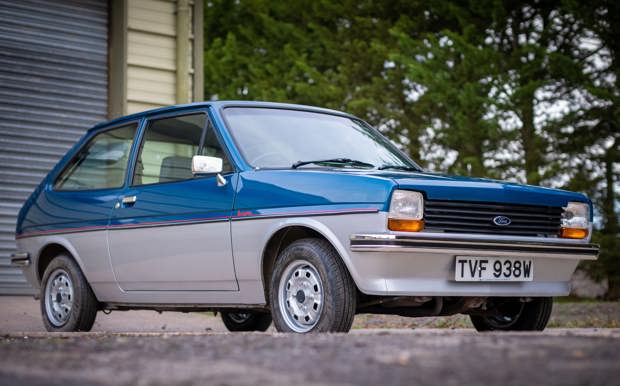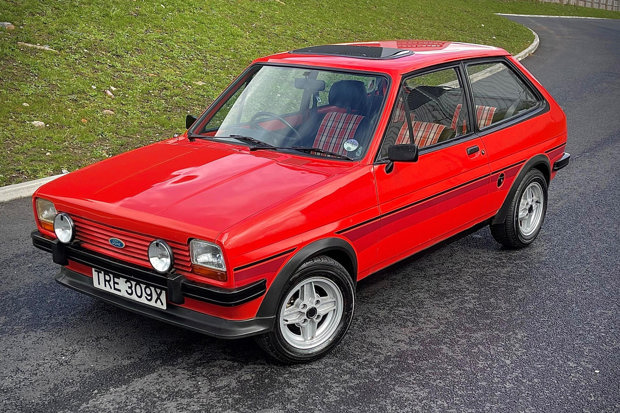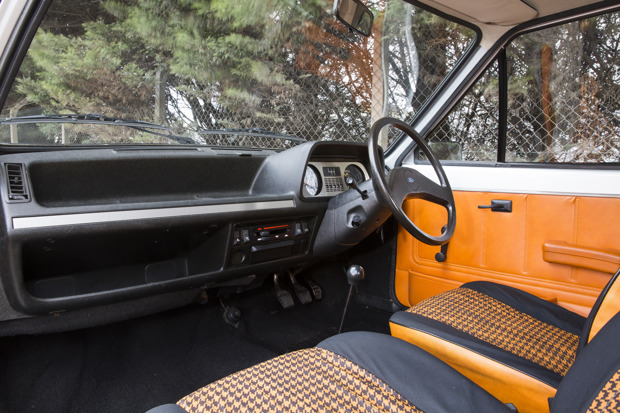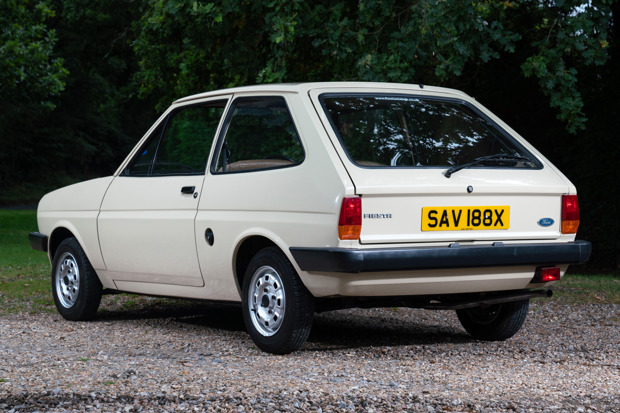Monday Motoring Classic: Ford Fiesta

The Ford Fiesta went out of production sale this summer after 46 years as one of the UK's favourite cars. But it's place as a classic has long been assured.
Launched in 1976, the first deliveries took place that summer – though it would be January 1977 before it became widely available in the UK due to demand outstripping supply in most of mainland Europe.
The Mk 1 Ford Fiesta was also Ford of Europe’s first truly collaborative car. Codenamed ‘Bobcat’ much of the engineering was carried out in Cologne in Germany and Dunton in Essex. Engines were built in the UK and Spain, transmissions in France, with final assembly at both Dagenham in Essex and Valencia in Spain.
Development of the model began in 1972, after the Fiat 127 and Renault 5 were well received by the motoring media. Both went on to become hugely popular, proving that small hatchbacks had their place.
The Ford Fiesta was Ford’s first mainstream foray into front-wheel-drive. It had experimented with the Ford Taunus 17M in Western Europe in the mid-1960s but with limited success. Instead, the Ford Fiesta would be the car that set the precedent for all of the brand’s future compact car packaging, in Europe and beyond.
Styled by Dutch-American Tom Tjaarda at Italian styling house, Ghia (yet more global flavour thrown into the mix), the Fiesta quickly found favour as one of the smartest and most modern small car designs. Indeed, in 1984 when the Mk 2 Fiesta appeared, the Mk 1 still looked pretty contemporary alongside the likes of the Austin Metro and Vauxhall Nova, both of which were much newer designs.

Back at the car’s launch, however, 1984 was still a long way off and the Ford Fiesta had plenty of fans to win over, most of whom were traditionally used to simple rear-drive three-box saloons. Was convincing them to buy a smaller car, with front-wheel-drive and a hatchback going to be easy?
The answer was a resounding yes. The Fiesta was an instant hit. Initially available in Europe with 957cc or 1117cc versions of the Valencia engine, itself a development of that found in the Anglia, it came in Base (read, thoroughly miserable), Popular, Popular Plus, L, GL, Ghia and S trims, while a van was introduced later.
The first sporting Fiesta came along in late 1979, for the 1980 model year and was badged ‘Supersport’ complete with RS four-spoke alloys, mesh headrests and funky seat fabrics. The Supersport was powered by the 1.3-litre Kent Crossflow engine, making it extremely easy to tune.
From then onwards, hot Ford Fiestas would be a permanent fixture of the range. The first Ford Fiesta XR2 appeared in late 1981 and was powered by a 1.6-litre version of the Crossflow
The Mk 2 Ford Fiesta XR2 arrived in 1984 and was a huge success, helped by its pepperpot alloys, wide arches and sporty image.

No Mk 2 Ford Fiesta was really a thriller though. The model was really little more than a facelift, with an identical bodyshell given rounder panels for the front and rear. New seats and a full-size dashboard gave it a much more modern feel inside, but the basic car was little different from that which went before.
The smaller engine variants were unchanged, though the 957cc unit was only offered in the Popular (which, although its name suggested otherwise, wasn’t…). Further up the range there was a 1.3 Kent engine, and new for the Mk2 were Ford’s CVH units in 1.4 (Ghia and semi-sporting S) and 1.6 (XR2) capacities. There was also a 1.6 diesel, for those who liked their motoring properly miserable.
In 1989 came the biggest change since Fiesta’s introduction, with the launch of the Mk 3. This answered one of the biggest criticisms of its predecessor by bringing in a five-door body shell - something the Peugeot 205, Rover Metro, Fiat Uno and Vauxhall Nova has offered for several years.
It also came with a much more modern look, with an aerodynamic nose and distinctive trapezoid profile that still looks quite contemporary today. The interior was vastly improved and made into a much more civilised place to be.
There are very few people in Britain, if any, who haven’t driven or been driven in a Fiesta at some point in their lives. It’s part of the fabric of British society and a genuine icon. It may be gone but it certainly won't be forgotten. Find a classic Ford for sale.

I need to replacing my ancient Ford Fiesta, what should I choose?


